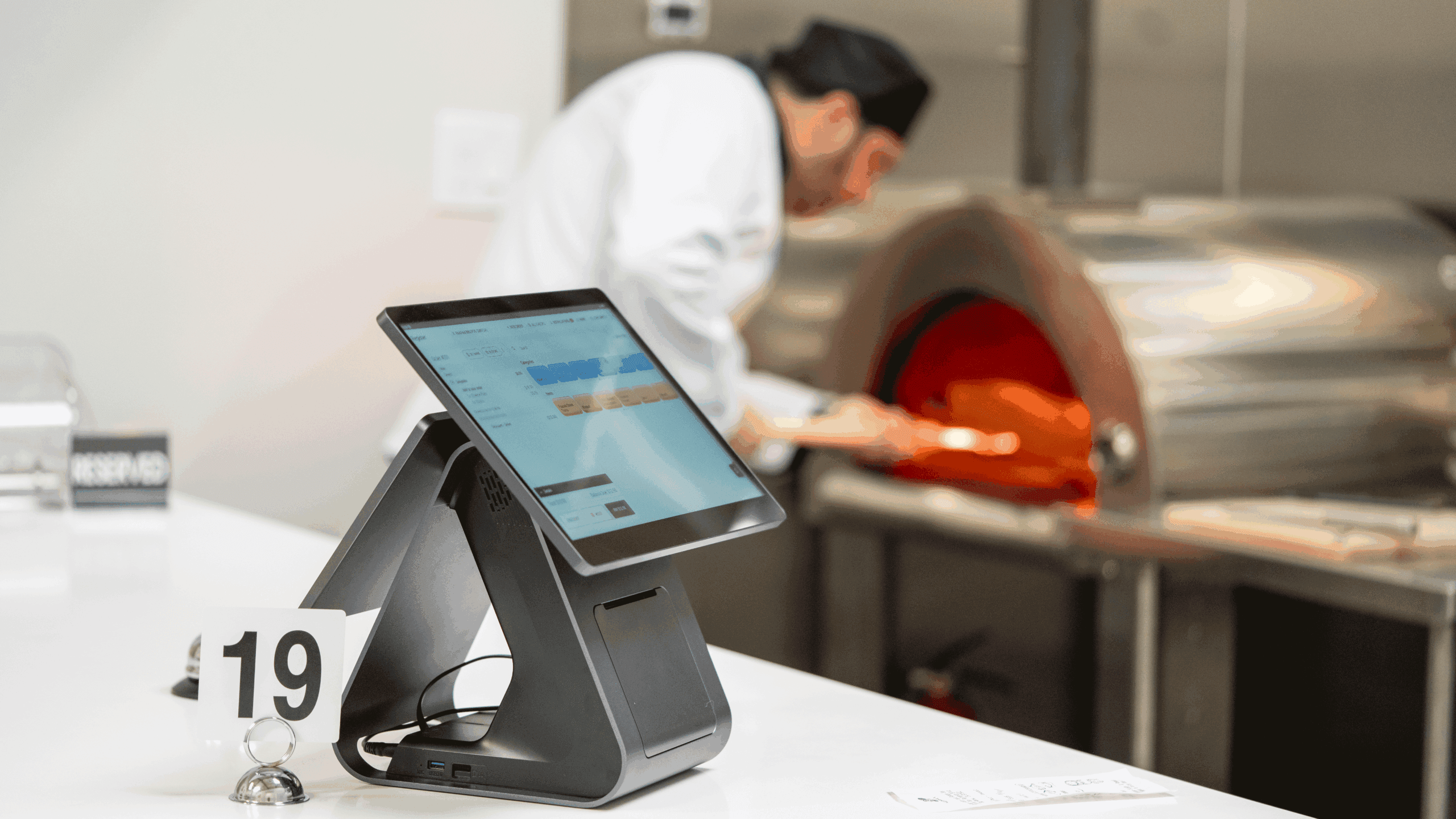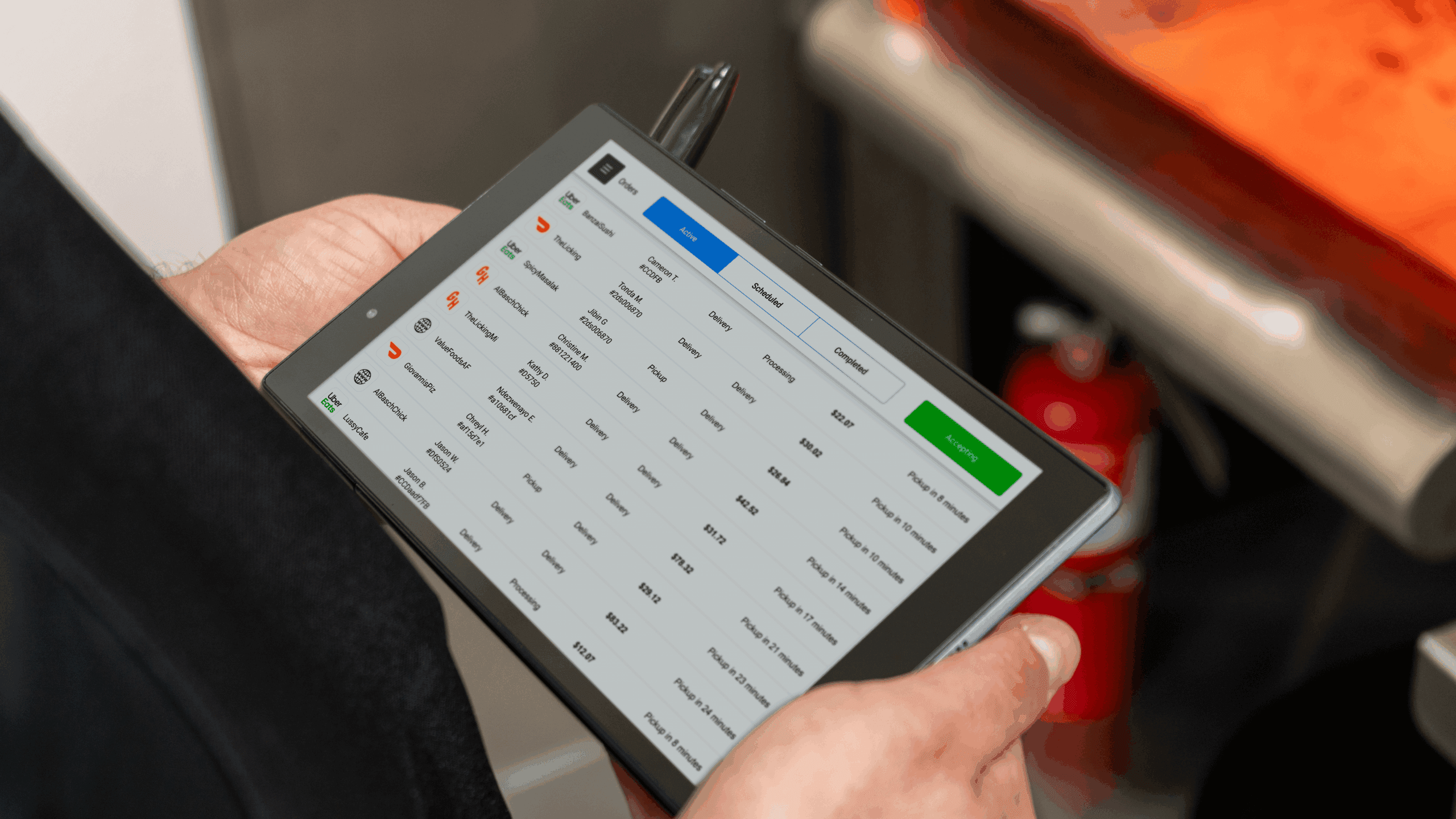- What is Restaurant Inventory Management?
- The Importance of Restaurant Inventory Management
- Types of Inventory in Restaurants
- Tips and Tricks in Managing Restaurant Inventory Effectively
Running a successful restaurant is no easy feat, and managing inventory can be one of the most challenging aspects of the job.
Effective inventory management is critical to ensuring that your restaurant is operating at its full potential, but it may also be a daunting task.
The key is to strike a balance between having enough inventory to meet customer demand while minimizing waste and reducing costs.
In this guide, Orders.co will explore some tips and tricks for managing your restaurant inventory efficiently and effectively.
Whether you’re a seasoned restaurateur or just starting out, this guide will provide you with valuable insights and actionable advice to help you take control of your inventory and set your restaurant up for success.
So let’s get started!
What is Restaurant Inventory Management?
Restaurant inventory management is the process of tracking and controlling the inventory of food, beverages, and supplies in a restaurant. It involves monitoring stock levels, placing orders, and keeping track of cash flow related to inventory.
Proper inventory management ensures that restaurants have the right amount of stock on hand to meet demand, reduce waste and spoilage, and maximize profits.
It requires a combination of organization, planning, and attention to detail to keep accurate inventory records and ensure that products are ordered, received and utilized efficiently.
Ultimately, restaurant inventory management plays a crucial role in the success of any restaurant, enabling them to deliver high-quality food and service while staying competitive in a crowded market.
The Importance of Restaurant Inventory Management
Effective restaurant inventory management is essential to ensuring the success of your establishment. Here are a few reasons why:
Control Costs
Proper inventory management helps you keep track of what you have in stock, what’s selling, and what’s not. This information enables you to control food costs, reduce waste, and optimize your ordering and purchasing practices.
Maximize Profits
When you know what’s selling and what’s not, you can make informed decisions about menu items, specials, and promotions. This allows you to maximize your profits by focusing on your most profitable items.
Improve Customer Experience
Consistent inventory management ensures that your customers can always order what they want without running into stockouts or long wait times. This improves their overall experience and keeps them coming back.
Meet Regulatory Requirements
Inventory management is crucial for regulatory compliance. Proper inventory tracking and labeling ensure that you’re meeting food safety regulations and preventing food waste.
Streamline Operations
Efficient inventory management streamlines your operations, saves time, and minimizes the risk of errors. By streamlining operations, you can focus on other important aspects of your business, like customer service and menu development.
Prevent Theft and Fraud
Inventory management helps you identify any discrepancies in stock levels, which can be an indicator of theft or fraud. By keeping track of inventory levels, you can prevent these issues from occurring and protect your business.
Increase Accuracy
With proper inventory management, you’ll have accurate and up-to-date information on your stock levels, which can help you avoid over-ordering or under-ordering. This saves you time and money by preventing waste and reducing the risk of stockouts.
Optimize Storage Space
Efficient inventory management allows you to optimize your storage space and avoid overcrowding or underutilization. This helps you make the most of your space and minimize your overhead costs.
Types of Inventory in Restaurants
In any individual restaurant, there are several types of inventory that need to be managed to ensure the smooth functioning of operations. Each type of inventory has its own unique characteristics and requires a different approach to management.
Here’s a breakdown of the types of inventory in a restaurant:
Food Inventory
This type of inventory includes all the perishable and non-perishable items used to create the dishes on the menu. Food inventory can be further categorized into dry goods, refrigerated items, and frozen goods.
Beverage Inventory
Beverages are an important part of any restaurant’s inventory, and this category includes everything from alcoholic and non-alcoholic drinks to bottled water and specialty beverages.
Supplies Inventory
This type of inventory includes all the items required to run the restaurant, such as napkins, cutlery, cleaning supplies, and kitchen utensils.
Equipment Inventory
Restaurant equipment is essential to the smooth running of operations, and it includes everything from ovens and refrigerators to dishwashers and blenders.
Managing each type of inventory requires a unique set of skills and strategies, but with proper planning and execution, it is possible to keep inventory levels in check and minimize waste.
Tips and Tricks in Managing Restaurant Inventory Effectively
Managing restaurant inventory can be a daunting task, but with the right strategies, it can become a seamless process. Here are some tips and tricks to manage restaurant inventory effectively:
Your Inbox, Your Rules!
Tailor your newsletter with the topics you're most interested in.
Organize Your Storage Space
Organizing your storage space is an essential step in managing your restaurant inventory effectively. Try to arrange your storage space in a way that allows you to easily locate and access your inventory. Here are five useful tips to help you organize your storage space:
Categorize items: Categorize items by types, such as dry goods, perishables, and beverages. You can also categorize items by frequency of use, popularity, or expiration date.
Label everything: Label each item with its name, expiration date, and quantity. This will let you keep track of your inventory and reduce the risk of spoilage.
Use storage containers: Use storage containers to keep similar items together and to save space. Clear containers make it easy to see what is inside, while airtight containers help preserve the freshness of your ingredients.
Optimize storage layout: Optimize your storage layout by placing frequently used items in easily accessible areas. Reserve harder-to-reach areas for less frequently used items.
Maintain cleanliness: Keep your storage space clean and organized to prevent cross-contamination and promote a hygienic environment.
Conduct Regular Inventory Audits
Conducting regular inventory audits is a critical component of effective restaurant inventory management. Regular audits help you identify discrepancies in your inventory levels, prevent theft, and minimize waste. Here are five tips to help you conduct effective inventory audits:
Set a schedule: Set a regular schedule for inventory audits, such as weekly or monthly. This will help you stay on top of your inventory levels and ensure that nothing falls through the cracks.
Count everything: Count every item in your inventory, including food, beverages, supplies, and equipment. Use a checklist to make sure you don’t miss anything.
Involve multiple people: Involve multiple people in the audit process to reduce the risk of errors or fraud. Assign specific areas or items to different team members and cross-check your counts to ensure accuracy.
Use inventory management software: Use inventory management software to track your inventory levels and compare them to your physical counts. This will help you identify discrepancies and take corrective action.
Analyze the results: Analyze the results of your inventory audits to identify trends, such as which items are frequently overstocked or which items are prone to theft. Use this information to make informed purchasing decisions and refine your inventory management processes.
Implement First-In, First-Out (FIFO) Method
The first-in, first-out (FIFO) method is a vital practice in managing restaurant inventory effectively. This method ensures that the oldest items are used or sold first, reducing the risk of spoilage and waste. Here are some tips to help you implement the FIFO method:
Label items with the date received: Label each item with the date received to help you keep track of their age.
Place new items at the back: When restocking, place new items at the back of the shelf or storage area, pushing older items to the front.
Monitor expiration dates: Monitor expiration dates closely and discard any items that have passed their expiry date.
Track Inventory in Real-Time
Tracking inventory in real-time is a critical part of effective restaurant inventory management, as it allows you to monitor stock levels in real-time, prevent stockouts, and reduce waste.
With real-time inventory tracking, you can utilize inventory management software for scanning barcodes, managing stock levels, and tracking inventory movements, all in real-time.
Restaurant inventory management software can also help you generate automatic alerts when stock levels reach a certain threshold, allowing you to quickly and proactively reorder items before you run out.
Analyze Sales Data
When managing restaurant inventory, it’s important to have an understanding of what is selling and what isn’t. Analyzing sales data will help you identify trends in customer demand, enabling you to make informed decisions about purchasing and pricing.
Here are some tips for analyzing sales data:
Track sales volume: By tracking the sales volume of each item, you’ll be able to identify which items are selling well and which ones aren’t.
Analyze customer feedback: Analyze customer feedback to understand what customers like and don’t like about your menu items. This will help you make informed decisions about what to keep, remove, or add to your menu.
Monitor seasonal trends: Monitor seasonal trends to anticipate customer demand and make sure you have the right items in stock when needed.
Analyze pricing: This will help you determine which items are most profitable and adjust your prices accordingly.
Implement POS: POS system is defined as a point-of-sale system. It is used to track sales and inventory in a restaurant, enabling you to have real-time insights into your business performance.
POS systems can also be used to analyze customer data and generate reports on sales trends. This will help you make decisions about pricing, promotions, and menu items.
Train Your Staff
Proper inventory management is not a one-person job. It requires a team effort, and your restaurant staff plays a crucial role in ensuring its success.
To achieve effective inventory management, it’s essential to train your staff on the right techniques, procedures, and best practices. Educate them on the importance of inventory management and how it affects the restaurant’s bottom line. Here are some tips for training your staff:
Provide clear instructions: Make sure that everyone understands their roles and responsibilities when it comes to managing inventory. Provide clear instructions on how to track, order, and store inventory.
Encourage communication: Encourage your staff to communicate with you if they have any issues or questions related to the inventory. This will help ensure that problems are identified and resolved quickly.
Conduct regular training sessions: Conduct regular training sessions to keep your staff up to date on the latest inventory management techniques and how to use any new technology that has been implemented.
Monitor performance: Monitor your staff’s performance regularly to ensure that they are following procedures correctly and taking all necessary precautions when handling inventory.
Conduct mock drills: Conduct regular mock drills to test your staff’s knowledge and skills related to inventory management. This will help you identify any areas of improvement and refine your processes accordingly.
Implement a rewards system: Implement a rewards system to motivate your staff and recognize their efforts in managing inventory effectively.
Set Your Business up for Success with Proper Restaurant Inventory Management
The restaurant industry is a fast-paced and ever-evolving world, and effective inventory management can make all the difference in a restaurant’s success.
By implementing the tips and tricks outlined in this article, restaurant owners and managers can streamline their inventory processes, minimize food waste, and optimize their profits. From organizing storage spaces to leveraging technology, there are countless strategies available to help restaurants stay on top of their inventory.
With the right mindset and tools in place, any restaurant can achieve inventory success and thrive in today’s competitive food industry!



